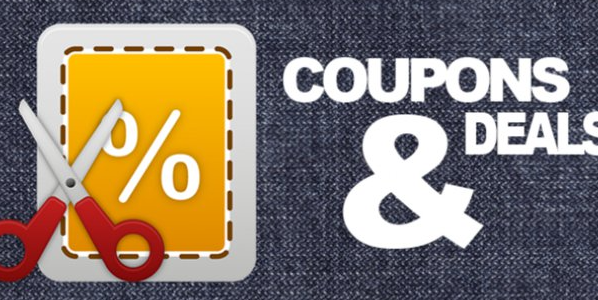
Deals vs Coupons
Deals and coupons are both popular promotional tactics used by businesses to attract customers and boost sales, but they differ in their nature, application, and impact. Here’s a detailed comparison between deals and coupons:
Deals:
1. Nature:
Definition: Deals typically involve a temporary reduction in price, special offer (like BOGO – Buy One, Get One), or a discount applied automatically during a specific promotional period.
Scope: They can apply broadly across product categories or services offered by a business.
2. Promotion Type:
Broad Appeal: Deals are often designed to appeal broadly to customers and drive immediate purchasing decisions.
Usage: Customers do not usually need to present a physical coupon or enter a code to redeem a deal; the discount is applied automatically at checkout or during the promotional period.
3. Marketing Focus:
Inventory Management: Deals are effective for managing inventory by clearing out excess stock or promoting seasonal items.
Customer Attraction: They are used to attract new customers and increase foot traffic or online visits during promotional periods.
4. Impact:
Immediate Sales: Deals are aimed at generating immediate sales volume and can create a sense of urgency among customers due to their time-sensitive nature.
5. Examples:
“50% Off All Summer Apparel”
“BOGO Free on Select Items”
“Flash Sale: 24 Hours Only!”
Coupons:
1. Nature:
Definition: Coupons provide a specific discount or offer that customers can redeem by presenting a physical coupon or entering a promo code during checkout.
Scope: They are often targeted to specific products, customer segments, or purchasing behaviors.
2. Promotion Type:
Targeted Marketing: Coupons are used for targeted marketing campaigns aimed at specific customer demographics or behaviors.
Usage: Customers must actively redeem coupons by presenting them physically or entering a promo code online.
3. Marketing Focus:
Customer Loyalty: Coupons are effective for building customer loyalty and encouraging repeat purchases.
Data Collection: They can facilitate data collection by requiring customers to provide information (e.g., email addresses) in exchange for the discount.
4. Impact:
Customer Engagement: Coupons can engage customers by offering personalized discounts or rewards based on their purchasing history or preferences.
5. Examples:
“$10 Off Your Next Purchase of $50 or More”
“20% Off Your First Order with Promo Code NEW20”
“Free Shipping on Orders Over $100”
Comparison:
Scope: Deals are broader and apply across a wider range of products or services, whereas coupons are more specific and targeted.
Distribution: Deals are generally publicized widely to attract a large audience, while coupons can be selectively distributed to specific customer segments or individuals.
Redemption: Deals typically do not require customers to present a physical item or code, while coupons require customers to present or enter a specific code to receive the discount.
Purpose: Deals are effective for generating immediate sales and clearing inventory, while coupons are useful for building customer loyalty and encouraging repeat business.
In summary, both deals and coupons serve different purposes within a business’s promotional strategy. Businesses often use a combination of both tactics to maximize their promotional effectiveness, attract different customer segments, and achieve various marketing objectives.
